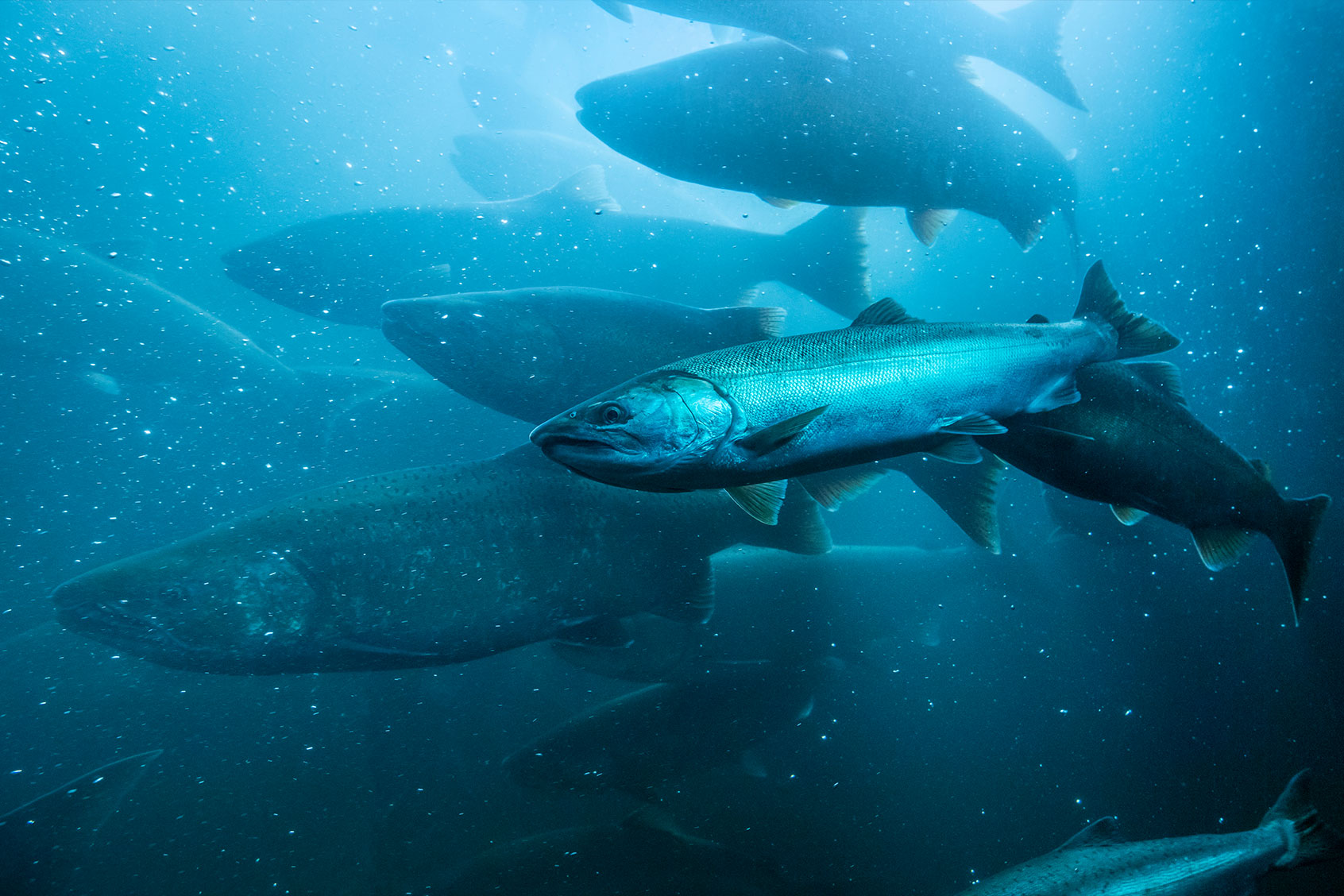No one would willingly drink a cup of carpet coating, shampoo or eye makeup — and yet, many of us routinely eat food that contains some of the same nasty chemicals. All of those aforementioned products contain a chemical called PFOS (short for perfluorooctane sulfonic acid) — which are in turn part of a class of everyday chemicals known as PFAS (short for per- and polyfluoroalkyl substances) — and a new study in the scientific journal Environmental Research has disgusting news: Eating just a single serving of freshwater fish is like drinking a month’s worth of water laced with PFOS at harmfully high levels.
“Eating one bass is equivalent to drinking PFOS-tainted water for a month.”
Scientists from the activist organization Environmental Working Group (EWG) studied more than 500 fish fillets obtained throughout the United States between 2013 and 2015. They found that eating just one fish from America’s rivers and lakes in a single year was equivalent to regularly ingesting water with PFOS at 48 parts per trillion (ppt) over the course of an entire month. More broadly, they found that the median level of PFAS in those fish fillets was 9,500 nanogram per kilogram (ng/kg), with the median PFAS level shooting up to 11,800 ng/kg with fish from the Great Lakes. The United States Environmental Protection Agency (EPA) says that the safe limits for PFAS in drinking water are much lower — specifically 0.02 parts per trillion for PFOS and 0.004 parts per trillion for PFOA (a different class of PFAS).
“The exposure to chemical pollutants in freshwater fish across the United States is a case of environmental injustice that especially affects communities that depend on fishing for sustenance and for traditional cultural practices,” the authors write. “Identifying and reducing sources of PFAS exposure is an urgent public health priority.”
Scott Faber, EWG’s senior vice president for government affairs, was even more direct.
“These test results are breathtaking. Eating one bass is equivalent to drinking PFOS-tainted water for a month,” Faber said in a statement.
Want more health and science stories in your inbox? Subscribe to Salon’s weekly newsletter The Vulgar Scientist.
This is not the first study to find that PFAS are contaminating water sources and therefore ecosystems. There are so many PFAS in rainwater that they exceed the levels deemed safe by the EPA even in the most remote regions of the planet. Notably, these levels have not increased significantly since the early 2000s, meaning that efforts to reduce PFAS pollution have been somewhat successful.
Yet PFAS like PFOS are pernicious in large part because they never biodegrade. Even if humanity is able to entirely turn off the spigot on putting new PFAS into the environment, that will not eliminate the ones which are already there. PFAS are so ubiquitous because they appear in a very wide range of products including furniture, non-stick cookware, fast food wrappers, dental floss, water bottles and water-resistant coating on umbrellas.
“The exposure to chemical pollutants in freshwater fish across the United States is a case of environmental injustice that especially affects communities that depend on fishing for sustenance and for traditional cultural practices.”
One possible mitigation method, according to a study published last year in the scientific publication Journal of Hazardous Materials Letters, is to use hydrogen and ultraviolet light. By adding extra hydrogen to water, researchers at the University of California, Riverside polarized the water molecules to make them more reactive so that specific PFAS types like PFOS and PFOA would break down when exposed to ultraviolet light — and do so without any dangerous byproducts. Unfortunately, this approach will not work for every type of PFAS, and experts know that there are more than 4,700 PFAS overall in existence.
PFAS are linked to a number of serious health problems. A study published in October by the scientific journal Environmental Health Perspectives linked PFAS exposure in pregnant women to their male children having lower sperm concentration and lower total sperm count, as well as having higher percentages of immotile and non-progressive sperm as young adults. A report in June by the Hypertension (a journal of the American Heart Association) analyzed blood samples from a racially diverse sample of over 1,000 middle-aged women and discovered that women with higher concentrations of seven specific and commonly-used PFAS were more likely to develop high blood pressure. Similarly a May systematic review of existing literature published by Environmental Health Perspectives linked PFAS exposure to liver disease. That study’s corresponding author Liz Costello — a PhD student at the University of Southern California — told Salon at the time that it is near-impossible to avoid PFAS exposure.
“It’s very difficult for individuals to control their PFAS exposure – PFAS are in so many products (and water, or food) and often we don’t even know we are exposed,” Costello told Salon at the time. “Even when older PFAS are phased out and no longer used, newer PFAS chemicals replace them. You won’t usually see these listed on a product label. At this point, the focus should be on removing PFAS from products and the environment, and on increasing regulatory efforts to make sure replacement chemicals are safe.”

